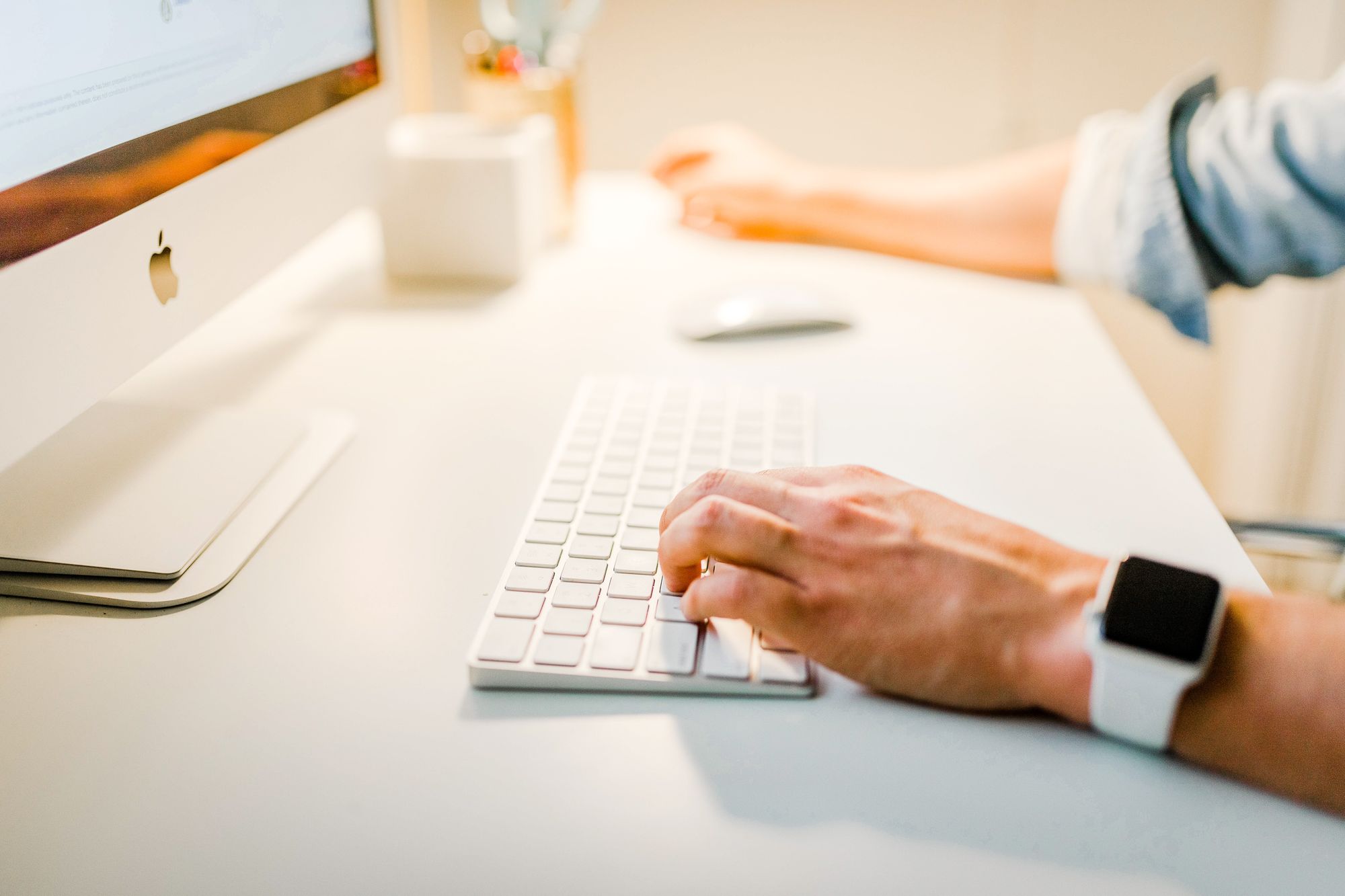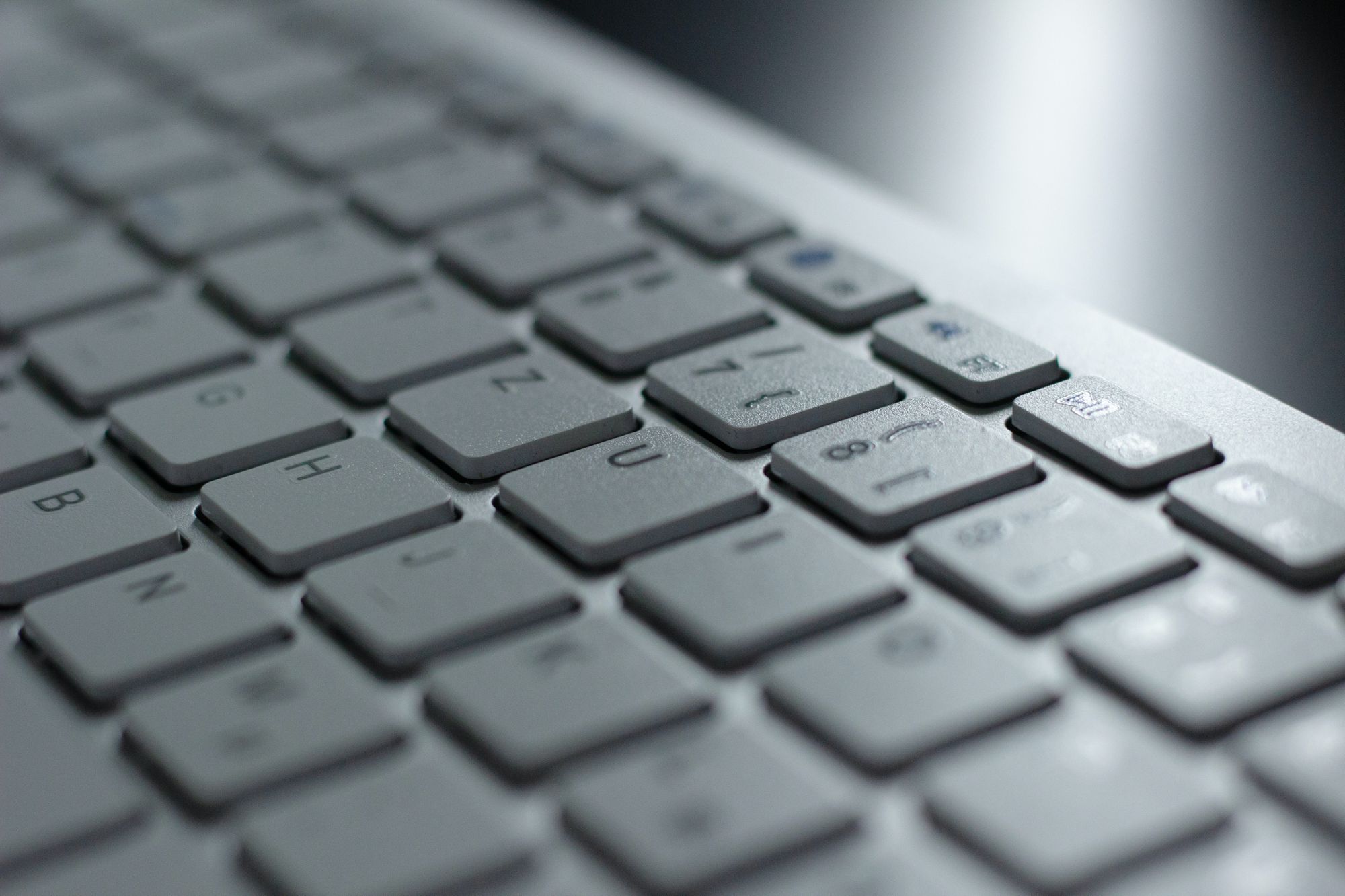In today's digital era, email has become an integral part of our personal and professional lives. It serves as a primary means of communication, allowing us to connect with others, receive important updates, and collaborate efficiently. However, the constant influx of emails can often become overwhelming and hinder our productivity. To overcome this challenge, mastering the art of checking your email inbox is crucial. In this comprehensive guide, we will explore effective techniques to streamline your email management process, boost productivity, and stay organized.
Understanding the Importance of Regularly Checking Your Inbox
When it comes to managing emails, it's vital to stay proactive rather than reactive. Regularly checking your inbox ensures you stay on top of important messages, respond promptly, and prevent a backlog of unread emails. By adopting this proactive approach, you create a habit of efficiency and ensure crucial information doesn't slip through the cracks.
Setting Up Email Notifications for Timely Updates

One of the keys to staying on top of your email inbox is configuring notifications on your preferred devices. Whether you use a smartphone, tablet, or computer, enable email notifications to receive timely updates about incoming messages. This feature allows you to promptly attend to urgent matters and stay informed even when you're away from your primary work station.
Choosing the Right Email Client or Service Provider
Selecting the right email client or service provider plays a significant role in optimizing your email management experience. Popular options such as Gmail, Apple Mail, and Outlook offer a range of features designed to enhance productivity, organization, and efficiency. Take the time to explore different providers and choose the one that aligns with your specific needs and preferences.
Organizing Your Inbox with Folders, Labels, and Filters
Maintaining an organized inbox is paramount to efficiently manage your emails. Utilize features like folders, labels, and filters to categorize incoming messages, allowing for quick retrieval and prioritization. Create folders based on different projects, clients, or categories, and apply labels and filters to automate the sorting process. This way, you can effortlessly locate specific emails and ensure important ones are readily accessible.
Implementing a Systematic Email Review Process
Developing a systematic email review process is crucial for effective email management. Set aside dedicated time slots during your workday to review and respond to emails. Prioritize messages based on urgency and importance, and employ the "Inbox Zero" methodology, aiming to keep your inbox empty or near-empty at the end of each review session. This approach cultivates a sense of control and helps you stay focused on essential tasks.
Taking Advantage of Productivity-Boosting Email Features
Modern email clients offer a plethora of productivity-enhancing features that can revolutionize your email management experience. Explore functionalities such as snooze, send later, email templates, and integrated task managers. By utilizing these tools strategically, you can streamline your workflow, save time, and maintain better control over your inbox.

Practicing Email Etiquette for Efficient Communication

Email etiquette is crucial for maintaining professionalism and efficient communication. Practice conciseness by keeping emails brief and to the point, ensuring your message is clear and easy to understand. Use subject lines that summarize the content and enable recipients to prioritize their responses. Additionally, avoid unnecessary CCs and reply-all emails unless absolutely necessary, to prevent cluttering inboxes.
Unsubscribing and Filtering Unwanted Emails
A cluttered inbox can significantly impact your productivity and focus. Take the time to unsubscribe from newsletters, promotional emails, and irrelevant mailing lists that no longer serve your interests. Utilize email filters to automatically route such emails to designated folders or delete them altogether. By decluttering your inbox, you can focus on essential messages and reduce distractions.
Optimizing Email Search and Archiving
Efficient email search capabilities are essential for quick retrieval of past conversations, attachments, or important information. Familiarize yourself with advanced search operators and use keywords to narrow down your search results effectively. Additionally, regularly archive old emails that no longer require immediate attention. Archiving ensures your inbox remains tidy while still allowing you to access historical emails whenever necessary.
Conclusion:
Mastering the art of checking your email inbox is a vital skill that can significantly improve your productivity and organization. By implementing the techniques outlined in this comprehensive guide, you can streamline your email management process, stay organized, and ensure timely responses to important messages. Take control of your email workflow and reap the benefits of a clutter-free, efficient inbox.
Commonly Asked Questions:
Q1. How often should I check my email inbox?
It's recommended to check your email inbox at regular intervals throughout the day. Ideally, allocate dedicated time slots in the morning, afternoon, and towards the end of the workday to review and respond to emails. However, the frequency may vary depending on your role and the nature of your work. Adjust your email checking routine to suit your specific needs while ensuring you maintain timely responses.
Q2. Should I keep my inbox empty?
While striving for an empty inbox (Inbox Zero) can be a beneficial goal, it's not mandatory. The aim is to keep your inbox organized and ensure important emails are promptly addressed. Some individuals prefer to maintain a few essential emails in their inbox as reminders or for quick access. The key is to strike a balance between having a manageable number of emails and preventing a backlog of unread messages.
Q3. How can I prevent email overload?
To prevent email overload, it's crucial to adopt proactive email management practices. Set up filters to automatically sort incoming messages, unsubscribe from irrelevant mailing lists, and practice email etiquette to minimize unnecessary emails. Additionally, establish clear boundaries for work-related emails outside of working hours and consider utilizing autoresponders to manage expectations regarding response times.
Q4. Can I check my email inbox on multiple devices?
Yes, most email clients and service providers allow you to access your inbox across multiple devices. This flexibility enables you to check your emails on smartphones, tablets, or computers, ensuring you stay connected and responsive regardless of your location. Sync your email accounts across devices to ensure consistency and seamless access to your inbox.
Q5. How can I effectively manage attachments in my inbox?
Attachments can consume significant storage space and clutter your inbox. To effectively manage attachments, consider saving them to a cloud storage service like Google Drive or Dropbox. Instead of sending large attachments, share download links to the files. This approach reduces the size of your emails and facilitates collaboration while maintaining a clutter-free inbox.
Remember, adopting efficient email management techniques can help you regain control over your inbox, enhance productivity, and improve your overall work-life balance. Take the time to implement these strategies and witness the transformative impact they can have on your email workflow.

